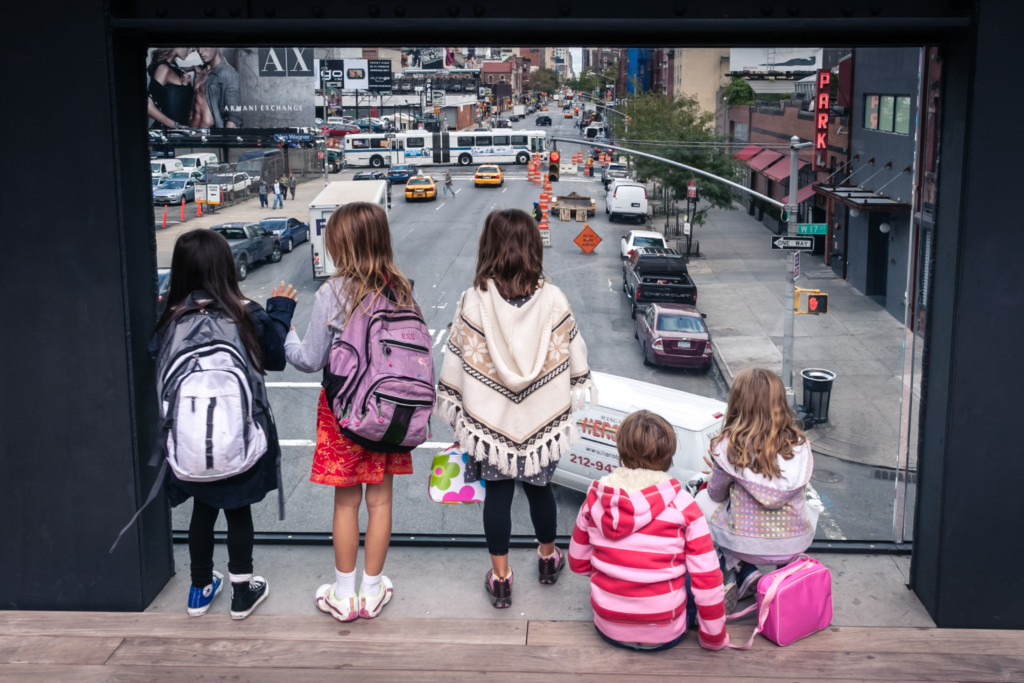
New York City’s “public” schools offer many parents a choice among providers – if their child happens to be gifted as measured by scores on a test.
The five most elite of the “choosable” schools require a score in the 99th percentile for admission. According to the New York Times (Oct. 11, 2019), “ … [D]ozens of other gifted programs … throughout the city generally require students to score in the 90th percentile.”
Parents of smart kids – and they alone – enjoy what amounts to a voucher. Their choices, it is claimed, can in many lower-income neighborhoods, intensify the racial segregation of those local schools as they are abandoned by the more brainy; or so we learn from the Times.
Any unnecessarily segregated system will be disfavored by many of the public, including those, like myself, who marched in Selma, authored several federal reports on segregation in Chicago and Evanston public schools and served on President Jimmy Carter’s National Panel on Education – and would do it all again.
If New York’s very selective system of parental choice effectively segregated by race, it seems imperative to ask whether this is the only way to respect and preserve the very real value of high intellectual aspiration. Are integration and quality incompatible?
For critical consideration by the professional educator or critic, I cite the half-dozen model statutes and popular initiatives published over three-plus decades by Stephen D. Sugarman and myself. For the curious but busy, it may be more convenient to stick with our explanatory addendum or “Education by Choice: The Case for Family Control” (1978). I regret that this sounds vain; blame it on my age and the despair of watching the city schools and their hapless victims.
Somehow, this society must find ways of protecting the moral, intellectual and stylistic integrity of participating schools while treating both racial and economic integration of families as equally important and compatible with parental authority, which for this observer is paramount. Devices to serve all these values will, of course, require some compromise.
For example:
The school could be free to fill 75 percent of its seats as it prefers; the balance would be selected by lottery among unchosen applicants.
The schools must provide basic information about itself in a public manner.
If the school is private or charter (the teacher unions insist that charter schools are private schools; I agree) it could teach religion to all pupils but could not require an unbeliever to assent or participate in ceremony.
The school could enforce a minimum standard of learning by dismissal (with hearing). Ditto for behavior.
As for tuition imposed by the school above the value of the governmental support for the parent, there are various approaches. One is simply to disallow it for low-income parents, permitting graduated add-ons for those above. Of course, the basic grant should match, or at least approach, an amount sufficient to sustain a “common” school.
Enough. Let the union rise in horror. There is nothing in all we have written that would discourage the formation of strong teacher unions of the sort common to the private sector. There is everything to be said for tough teacher organization that can insist upon a fair share of the good stuff, always aware that, if they get too greedy, their own jobs will cease to exist.
Today’s “public” schoolteachers do not face that risk. They should.


